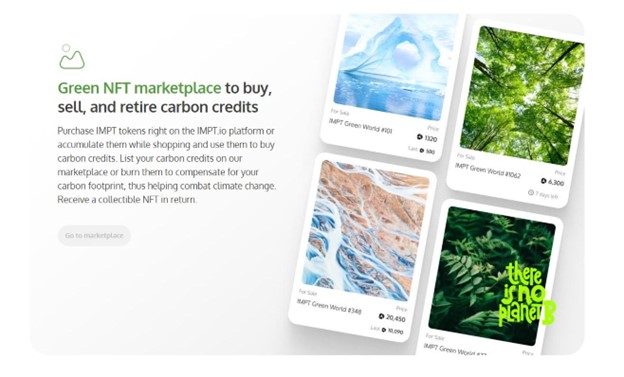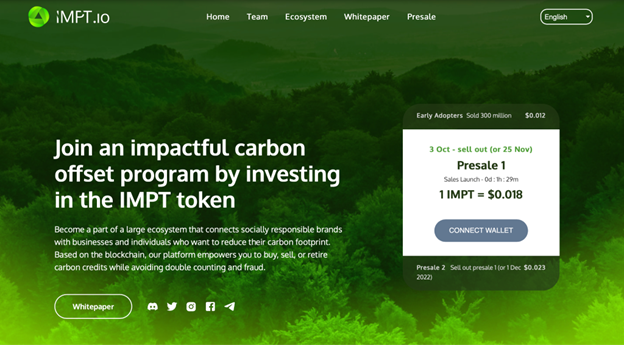The Next Earth project is a big deal. It’s not just another blockchain startup. It’s a new NFT-based replica of Earth that aims to disrupt the centralized status quo. Currently, over 25 million “tiles” on this virtual Earth have been sold (the digital planet has only been live for about one and a half months).
This metaverse project is gaining interest around the world, with videos and articles in Arabic, Korean, Russian, Indian, Polish, Serbian, and more. This is because the project is focused on providing something that hasn’t been done before: a metaverse where anyone can buy virtual properties of anything they want without relying on centralized servers.
The idea behind this is simple: if you can’t truly trust anyone with your data when you’re online today, then how do you expect to be able to trust them with your identity or assets when you’re interacting with an entire planet?
The Power of an International Community
One of the most interesting aspects of this project is that it’s a global community. The Next Earth team has been very active in creating an international community, with thousands of members in its Discord, featuring international lobbies in German, Hungarian, French, Korean, Serbian and far more. They have created a community where people can come together and discuss ideas and strategies for building the metaverse.
This is important because it shows that there is a real desire for something new in the metaverse space. People want to be able to interact with each other on their own terms, not just through centralized services like Facebook or Twitter.
What’s Next?
This brings us to what’s next for this project. In order to succeed, this new virtual world needs to provide something that hasn’t been done before: truly decentralized ownership of virtual land and assets without relying on centralized platforms controlled by someone else (like Amazon Web Services).
To do this they will build out more features than just owning land: Users will be able to buy virtual property from other users, all while being able to trust that no one will ever be able to take those items away from them again without permission. This is where things get really interesting!
The Next Earth project is launching a marketplace where users can buy and sell their virtual property NFTs, which is planned to release on September 27th. This will help fuel the long-term vision of creating a “metaverse nation” where people will be able to create their own virtual cities and towns.
This is an exciting time for the metaverse space because we are finally starting to see some real innovation in this area. It’s important to remember that the metaverse isn’t just about owning land or assets; it’s about building communities.
Spreading Creativity Globally
Next Earth has a number of other exciting innovations in the pipeline, including tile-based pixel art.
Tile-based pixel art will be a new way of creating virtual art that is also non-fungible (meaning that each one can be identified as unique). This means that when you buy virtual land on Next Earth, you can create unique pixel artwork on top of it.
Ultimately, it makes sense that an Earth-based metaverse is catching the attention of people around the world. Everyone even dreams of owning a piece of Disney World or sunny beaches, and now it can be yours in the virtual metaverse.
Photo by Sebastian Svenson on Unsplash











